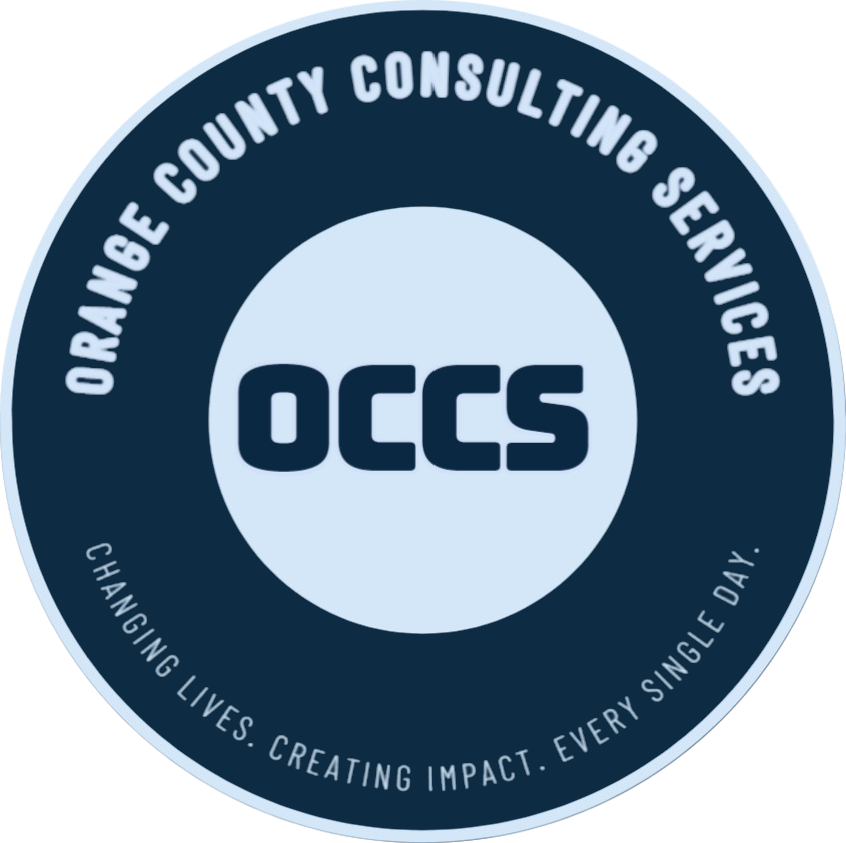How to Stop Toxic Employees from Side-Tracking Your Organization
Join us for this 60-minute webinar and learn how to handle toxic employees and seize the opportunity to prevent them from becoming morale busters in this webinar by human resources expert speaker. Speaker will show you how to set the standards for positive behavior, and work toward retaining the “challenging employees” who in the long run are worth the effort. She will share dozens of practical tips to address specific problems, including the “I’m in your court” approach for disciplining. You will learn how to recognize toxic behavior before it becomes a crisis, and get toxic employees to agree that there is a problem. Other useful techniques you will learn include, how to use positive reinforcement before you tell someone what they did wrong, and how to give critical feedback without bruising egos.
This webinar will help you make good—and sometimes tough—decisions. After attending it, you will walk away with practical tips that you can put to use immediately for addressing specific problems. You will be able to identify and fix the common mistakes you have been making when dealing with difficult employees. Plus, you will be able to correct your approach and build a workplace culture of trust where no one loses face, and the outcome is “win-win” for everyone.
Webinar Highlights
In this session, you will learn how to:
- Identify and fix the common mistakes of dealing with difficult employees
- Implement coping skills when you can no longer stand to be around toxic employees
- Use the “I’m in your court” approach when disciplining
- Recognize the toxic behavior before it becomes a crisis and teach your managers how to do the same
- Get toxic employees to agree that there is a problem
- Master the goal of giving critical feedback without bruising egos and causing defensiveness
- Consider “behavior-blindness” and build a workplace culture of trust where no one loses face and the outcome is “win-win”
- Be a coach, not a cop and take responsibility for how you are heard
- Build traction and use positive reinforcement before you tell someone what they did wrong
Stop Avoiding Difficult Conversations: Practical Tactics for Crucial Communication
Learn How to Handle Difficult Conversations and Minimize Conflict and Tension
Every workplace experiences conflict, confrontation, and controversy. No one enjoys tackling the touchy topics; but, an attitude of avoidance leads to misunderstanding and decreased productivity. Your employees will always have differences of opinion; however, if these differences are not handled in a positive manner, your people will experience anxiety, bruised egos, and possibly even exploding tempers.
As leaders, it’s vital that you handle difficult conversations while minimizing conflict and tension. Join this session, where expert speaker Joel Garfinkle will discuss how to avoid damaging the working relationships that are so important to your success.
Webinar Agenda
- Understand what difficult conversations are
- Learn about conflict: All difficult conversations have some “conflict” at its root.
- How conflict arises between co-workers, supervisors and subordinate.
- How to manage different types of conflict: Disagreement in meetings, communication obstacles and breach of confidence or loyalty.
- Learn the benefits gained by initiating difficult conversations.
- With improved collaboration your team becomes more efficient.
- Improves worker productivity throughout the organization.
- Understand why you avoid having difficult conversations?
- How the fear of rejection stops you from having the conversation.
- How being liked can stop you from having the conversation.
- Get a road map to follow when preparing for and engaging in difficult conversations.
- 6 questions that will prepare you for all difficult conversations.
- How does the other person perceive the situation and what assumptions are you making.
- Learn a 4-step process that will lead to a successful outcome of the difficult conversation.
- Step 1 Listening – begin the conversation by listening.
- Step 2 Mirroring – simply reflecting back the other person’s point of view.
- Step 3 Questioning – asking open-ended questions.
- Step 4 Empathy – actually understanding what the other person is feeling.
Webinar Highlights
This session will help you:
• Improve your conflict-resolution skills.
• Prepare for and engage in difficult conversations.
• Discuss what matters most with co-workers and employees in a non-confrontational manner.
• Understand how to make other people feel heard and understood so you can work together to come up with solutions.
• Use conflict as an opportunity to create a positive outcome.
Who Should Attend
- CEO, CFO, COO, CTO
- Senior Vice Presidents
- Vice Presidents
- Regional Managers
- Managers and Supervisors
- Newly Promoted Managers
- High Potential Employees
- Executive directors
- Managing directors
- HR managers
- Team Leaders
We also Recommend
Date
Conferences
Duration
Price
Register
Apr 18, 2023
300 Mins
$599.00
Jul 13, 2022
120 Mins
$349.00
Aug 09, 2021
240 Mins
$399.00
